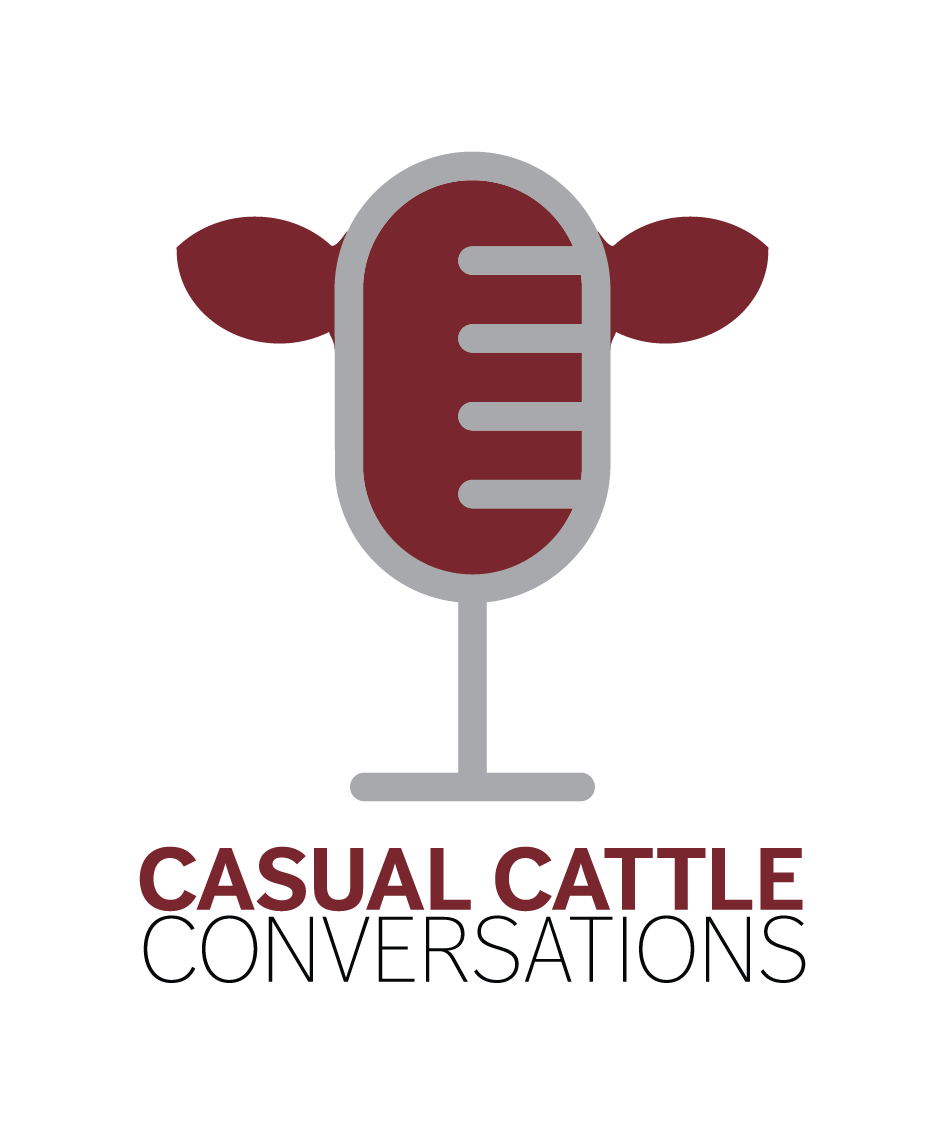Profitable Strategies for Marketing Heifers
For many cow-calf producers, marketing heifers is a second thought to marketing steers. But placing equal emphasis on reputation and strategies for females can be highly beneficial to operations around the country.
Jon and Patty Tebelius of Bowdon, ND are an example of how to trial different sale avenues, build reputation and more importantly create a herd that works for youyou’re your customers.
“Our replacement heifers are equal to the heifers we sell through our seedstock supplier — and probably some of them are better. You have to pick and choose, and that’s how we do it,” says Patty.
Tebeliuses currently sell open heifers during their seedstock supplier’s bull sale each March. However, they’ve tried other avenues such as the sale barn, online auctions and private treaty.
“The biggest challenge starting out was having a mixed herd. Seeing our hard year’s work get split into five groups at the sale barn was disappointing,” says Patty. “But, we didn’t feel we had a group of quality replacement heifers to offer until we worked on getting them even and more uniform color-wise and size-wise.”
To work toward that uniform herd, Jon and Patty started by focusing on their genetic selections for both their replacement heifers and herd bulls.
Jon says, “I want buyers to know these aren’t just sale barn heifers that look cute — these ones have been looked at on the inside as well.”
Genomic testing helps Tebeliuses have a more accurate understanding of how their herd has improved year over year and where they still need to make changes.
“The most value we can create is testing our females, tracking gains, and seeing what direction we’re moving. That’s what helps us build a better herd,” says Jon. “If you’ve never done DNA sampling, maybe now’s the time. It gives you a benchmark on your heifers and helps you understand why a buyer might not have come back.”
One lesson they learned on their journey is that sometimes buying females instead of using your own replacements is a faster way to make progress.
Patty says, “Getting an even group of cattle to market took time — DNA testing, culling hard, and buying cows from registered breeders that fit our herd better helped us improve the most.”
Bull selection is also a factor Jon and Patty pay close attention too.
Patty says, “When you buy a bull, it’s not a purchase — it’s an investment in your future.”
Second to selecting replacement heifers, bull selections is the next decision that moves the needle forward on a cow-calf operation.
“We don’t have any terminal sires. Staying moderate and evening out your cowherd seems to work the best — it does the most for you, the fastest,” says Jon.
As ranchers work toward improving their cow factory, equal importance should also be placed on relationships.
“Every day, strive to build trust with people. It takes time,” says Jon. “When you can connect with buyers and get feedback from them, it’s uplifting. That’s what I enjoy about marketing our heifers the most.”
Like anything keeping an open mind to new opportunities and change is key.
Patty says, “Believe in the new ways. Don’t be afraid to change. Some of it’s good, some of it’s bad, but most of the time that little bit of change works out.”
You can listen to the full conversation on the Casual Cattle Conversations podcast.

